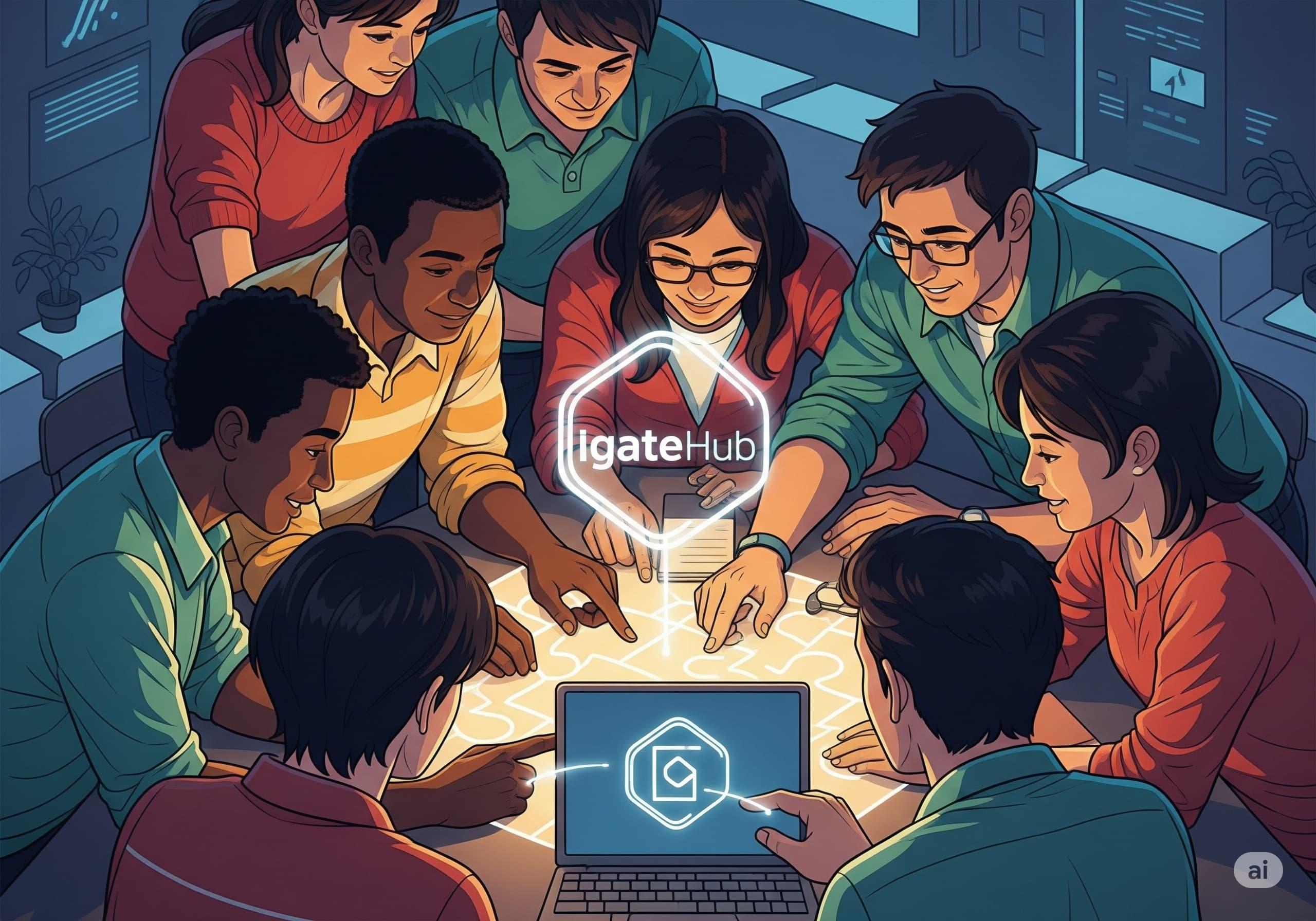We are always excited to take on new projects and collaborate with innovative minds.
+2348140827580
We are always excited to take on new projects and collaborate with innovative minds.
+2348140827580
A step-by-step guide on how beginners can start contributing to open source projects, with tips on finding the right project and making meaningful contributions.

Have you ever used a piece of software, a tool, or even an operating system that's completely free and made better by thousands of people around the world? That's the magic of open source. It's a vast, collaborative playground where developers, designers, writers, and enthusiasts come together to build incredible things.
Perhaps you've thought about joining this world but felt intimidated. "I'm just a beginner," you might think. "I don't know enough code." Well, prepare to have your mind changed! Contributing to open source isn't just about writing complex code. It's about collaboration, learning, and giving back to the tools that power our digital world.
This guide will walk you through everything you need to know to make your very first meaningful contribution to open source, even if you're just starting your tech journey.
At its core, open source refers to software whose source code is publicly accessible and can be modified and distributed by anyone. Think of it like a community kitchen where everyone can see the recipe, suggest improvements, or even add a new dish.
Don't jump straight to contributing to massive projects like the Linux Kernel or Google Chrome! Start small, where your contribution can be genuinely impactful and the community is welcoming.
good first issue, beginner-friendly, first-timers-only, or help wanted. This is your golden ticket!label:"good first issue" language:php (or your preferred language). Or go to your favorite project's "Issues" tab and filter by these labels.README.md file explaining what it does, how to set it up, and how to contribute?CODE_OF_CONDUCT.md file that outlines expectations for respectful behavior. This indicates a healthy, welcoming environment.Once you've found a project and an issue, here's the typical workflow using Git and GitHub. (Don't worry, we'll simplify it!)
Prerequisites: Install Git on your computer (git-scm.com/downloads).
Step 1: Read the Project's README & Code of Conduct
CONTRIBUTING.md). Respect the Code of Conduct.Step 2: Find an Issue to Work On
good first issue or documentation labels.Step 3: Fork the Repository
Step 4: Clone Your Fork to Your Local Machine
Open your command line (Terminal/CMD) and navigate to where you want to save the project. Then run:
git clone [PASTE_YOUR_FORK_URL_HERE]
# Example: git clone https://github.com/your-username/project-name.gitNow, change into your project directory:
cd project-nameStep 5: Create a New Branch (Work Safely!)
A "branch" is like making a copy of your project's code to work on a new feature or fix, without affecting the main code.
git checkout -b your-contribution-branch-name
# Example: git checkout -b fix-typo-in-readmeIt's good practice to make a new branch for every contribution.
Step 6: Make Your Changes (The Actual Contribution!)
README.md, writing a new example in a documentation file, or even writing a small piece of code.Example (fixing a typo in README.md):
README.md file.Step 7: Test Your Changes (If Applicable)
If you've made a code change, run any tests provided by the project, or manually test the feature to ensure your change didn't break anything.
Step 8: Commit Your Changes (Saving Your Work Locally)
Tell Git what files you want to include in your "save point":
git add .(The . adds all changed files. You can specify individual files too.)
Now, save your changes with a clear message explaining what you did:
git commit -m "docs: fix typo in README file"
# Or "feat: add user profile picture upload"Pro-tip: Use conventional commit messages if the project uses them (e.g., feat: for a new feature, fix: for a bug fix, docs: for documentation changes).
Step 9: Push Your Changes to Your Fork on GitHub
Upload your committed changes from your local machine to your forked repository on GitHub:
git push origin your-contribution-branch-name
# Example: git push origin fix-typo-in-readmeStep 10: Create a Pull Request (PR): Proposing Your Changes to the Main Project
Submit the Pull Request.
Once you open a Pull Request (PR), maintainers (the project's core team) will review your proposed changes.
Merge or Close:
Contributing to open source is an incredibly rewarding experience. It's a fantastic way to sharpen your skills, build a powerful portfolio, expand your network, and join a global movement of innovation. Every contribution, no matter how small, makes a difference. Don't let the technical terms intimidate you. Take that first step, find a good first issue, and make your mark. The open source community is waiting for you! Ready to build your first app, or need professional help scaling your ambitious projects? IgateHub is here to provide expert Website Development, AI Integration, DevOps, and Cloud solutions. And for aspiring developers in Nigeria, we believe in community support! Join the IgateHub Developer & Entrepreneur Community on WhatsApp Today! Click here to join: https://wa.me/message/+2349019147794
Your email address will not be published. Required fields are marked *